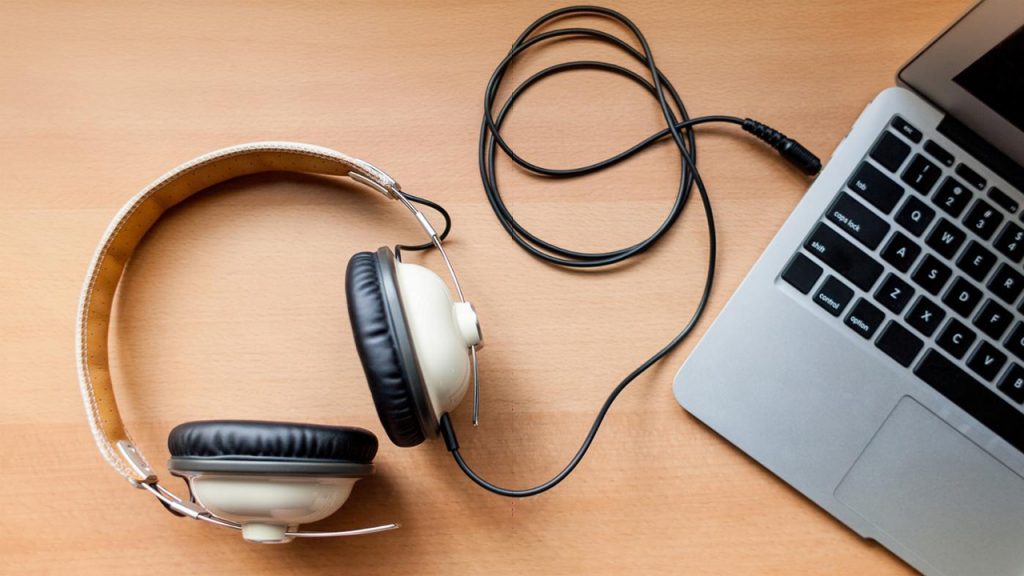Focus Group Discussion and Data Transcription
If you are somehow connected with the marketing or market research sector, you probably already know what a focus group is. Maybe you even participated in one, as a part of a larger group interview. In simplest terms, a focus group is a particular type of group interview, in which a small number of people are interviewed, and in most cases the participants are demographically similar.
The researchers ask specific questions and the answers that come from the participants are studied through the use of specific methodology, in order to obtain useful data. The data that comes from the study of focus group discussion is often used in marketing and market research, and it is also very valuable when it comes to studying political views of particular demographic groups.
The format of the discussions in focus groups can be open, with free discussions on various topics, or it can be moderated and guided. The topic can be anything that is relevant to the goal of the research, any kind of political issues or opinions on a specific product. The main goal of these focus group discussions is to examine the reactions of the participants, because they are seen as representing the larger population, and therefore also reflecting the global views. It can be said that this kind of group interviews is based on collecting the so-called qualitative data. This is the kind of data that comes from directed, interactive discussion, and as opposed to purely quantitative data, it gives info on subjective opinions of various participants and groups. Qualitative research of this type is based on interviewing specific groups of people. They are asked questions about their particular attitudes, beliefs, personal viewpoints and perceptions of many different topics, products and services. The members of the group are also enticed to communicate with each other. Clarification and exploration of the participant’s viewpoints comes from the investigation of the overall group interaction. The main benefit of focus groups is precisely this interactivity, which enables quick and efficient gathering of qualitative data from multiple participants. In most focus groups a researcher is either recording the entire discussion, or jotting down notes while the discussion is taking place. Writing notes isn’t always the best option, since the interviewer will hardly be able to catch everything that has been said. This is the reason why focus group discussions are mostly video or audio recorded. In this article we will explain some of benefits of making a precise transcription of recorded focus group interviews.
Focus groups are a very popular method of qualitative research, and according to some rough estimates, businesses in the US spend over $800 million on focus groups. If we are to guess how much money is spent globally on conducting focus group interviews, we could probably estimate that we are talking about hundreds of billions of dollars. The sector of marketing and market research is very important when it comes to preliminary investigations of possible financial outcomes of various products and services. This kind of focus group discussion is very effective because while in a group ideas and opinions are thrown at each other and the clients can easily make up their mind about how they feel about something. But even though focus groups are a great tool when it comes to getting insight on your clients, if you want to analyzing the collected data simply and easily, you should first transcribe the recording. The process of transcribing those discussions can be very frustrating, challenging and time-consuming if you plan to do it by yourself. You need to keep in mind that an audio of a discussion isn’t like a one-on-one interview, but it will almost always include background noise and quite conversations. Non-verbal cues don’t make the task any easier. So, try your best to do it the right way. We will tell you how.

So, you have an audio or video file of a focus group discussion? Now, there are a few steps to follow:
First of all, you need to write the discussion down. Here you basically have the choice between two types of transcriptions. Verbatim transcription is a word-for-word transcription in which you write down everything that was said during the discussion, including even filler words, sounds like “um”, “eh” and “erm” … Another way you could do it, is to filter out all the sounds that aren’t actual words. This is called a smooth transcription. But if non-verbal interaction matters for your research, and in focus group discussions it usually does, you should do a verbatim transcript.
Another important point is to label the speaker. How you will do that depends on how big the focus group is. If there are only a few participants you can label them “interviewer”, “male”, “female”. When you have more discussion participants, you can start by writing down their whole names the first time they speak and later on you write only the initials. If the think that the participants would feel more at ease to really say what they think if they remain anonymous, you can also just label them as “Speaker 1” or “Speaker A”. Basically, it is up to you.
Also, even though too much editing isn’t good when you transcribe a focus group discussion, you can make small changes like correct mispronounced words. If you aren’t really sure what a participant was saying, you can write the sentence in square brackets with a timestamp and try to verify it later on. Speaking of timestamps, they will certainly help you in the analyze phase. When you add timestamps to your transcription, it will be very easy for you to locate each section in the discussion in case you want to double check some parts which don’t make much sense to you by listening to that section in the audio file one more time.
Last but not least, you need to review the transcription. We suggest that you do at least two rounds of proofreading. This will give you assurance that you did an accurate transcription of your focus group discussion.
How much time will it take you to do a focus group transcription? This of course depends on the length of the discussion. Generally, we can say that for one hour of audio you will need to work four hours. You also need to consider a little extra time, since as already sad, focus group discussions recordings aren’t barren of background noises and don’t tend to be clear and of high quality, not to mention that the participants sometimes talk at the same time. This means that you will have to pause and rewind the tape a lot in order to hear and understand who said what. All of this will hamper your attempts to finish the task quickly. Your typing speed is also a relevant factor when trying to figure out, how much time you will spend on a transcription task.
As you can see, transcribing a focus group discussion isn’t as easy as it seems. You need to put in much energy and hard work. In order to facilitate, you can also choose to hire a professional transcription service provider to help you with that transcription. The costs of transcripts nowadays aren’t high, especially if you compare it to all the time you can save to do more important stuff. By hiring a professional transcription service provider, you will get accurate results in a reasonable amount of time, done by professionals.
But, if you still want to do the transcribing yourself, we will give you a few suggestions that might help.
You should definitely invest in noise-canceling headphones. They are a great help for unclear audio files, since this way you can tune out your environment. This will help you concentrate.

Another great little device we highly recommend is a food pedal. It is used for controlling your audio playback which mean that hotkeys are out of the picture and your hands are free for typing.
A high-quality recording equipment will facilitate the life of every transcriber. The audio files you will record with it will be much cleaner, easier to listen to and it will contain less background noises.
You can also acquire a professional transcription software which, above all, means less tabbing between windows.
In conclusion
Transcribing a focus group discussion is key if you want to analyze the collected data. If you plan to do it yourself, be prepared to put in lots of hard work and energy since it is indeed a challenging task, especially considering all the problems with the quality of group discussion audio files. To save yourself some time, you can invest in some handy devices (noise-canceling headphones, a food pedal, high quality recording equipment, a professional transcription software) which will help you with transcribing. Otherwise, hire a professional to do this job for you. Gglot is an experienced transcription service provider which offers accurate transcription, a quick turnaround time and competitive prices. Get in touch with us today and let us transcribe your focus group discussion.